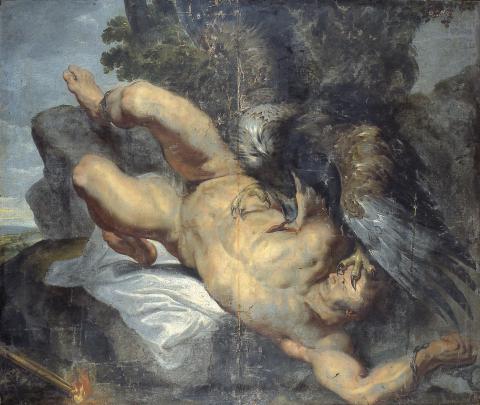Recommendation
On 23 March 2007, Mrs I.M.L.-P. and Mrs G.C.V.P., represented by their lawyer, M.H. Stötzel of Marburg, Germany, submitted a letter to the Minister for Education, Culture and Science (hereafter referred to as ‘OCW’) requesting the restitution of the painting Prometheus chained to the rock, a copy after P.P. Rubens. Since its return to the Netherlands after the Second World War, the work has been part of the Netherlands Art Property Collection (hereafter referred to as the ‘NK collection’) under inventory number NK 3082 and is currently housed in the depot of the Netherlands Institute for Cultural Heritage.
